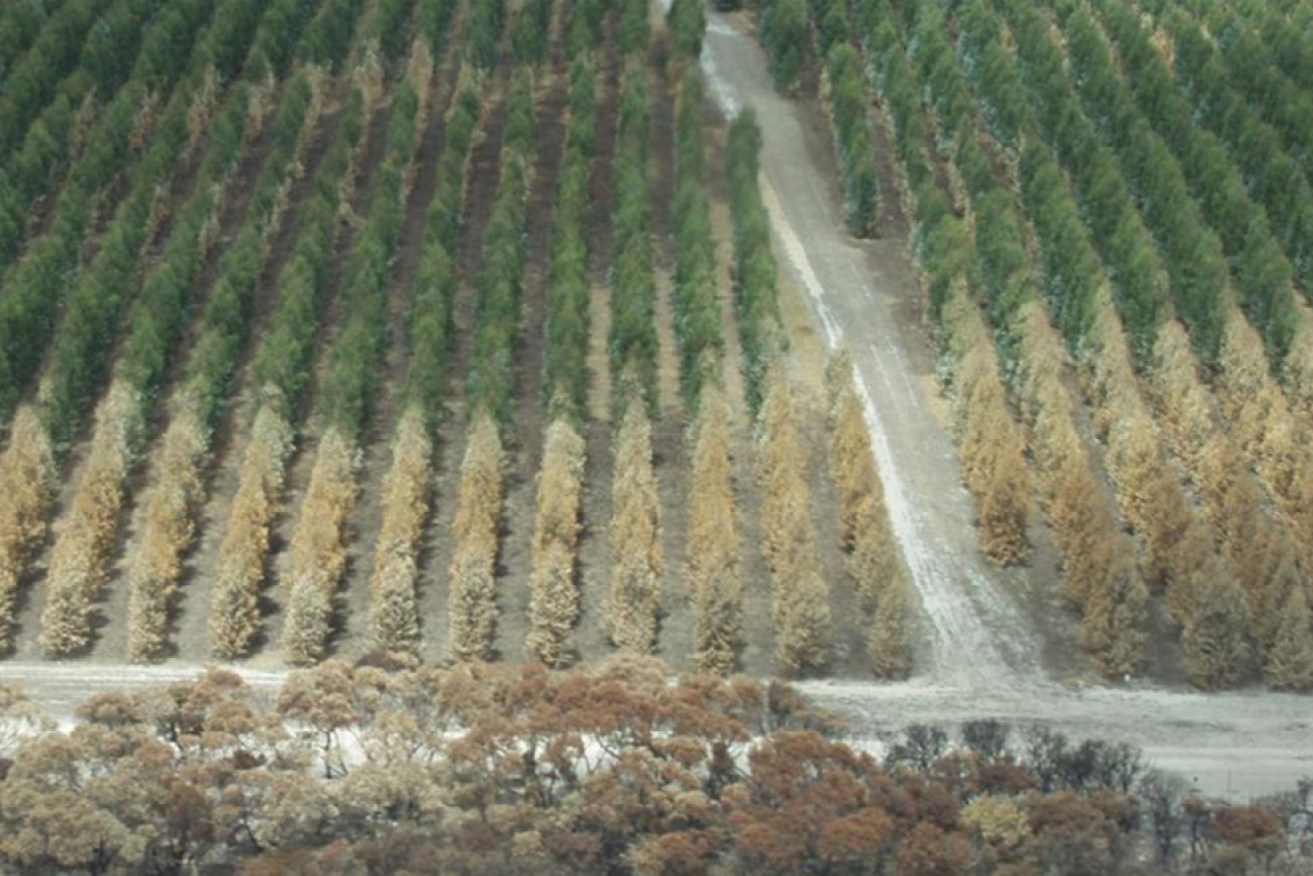Your views: on conflicts of interest and green space
Today, readers comment on planning decisions.

Kangaroo Island Plantation Timber blue gum forest that is being cut after company could not secure a port to ship the timber. Photo supplied
Commenting on the story: Kangaroo Island port ‘worthy of approval’, parliament told
I think Vickie Chapman was very unwise to make the decision she did when it was clear her situation meant she had a perceived or actual conflict of interest.
She may call it a witch hunt, but to not accept there was a potential conflict lacked commonsense and comes across as arrogant in the extreme. – Paul Venables
Commenting on the story: Where is our Garden City going?
As part of our transition to the new Planning and Design Code, I do not remember seeing any real public discussion about how metropolitan Adelaide would transition from a Garden City to a Modern Garden City.
A Modern Garden City being one that would take the same principles as a Garden City, but have significantly higher residential densities. Instead, the conversation seemed to mainly focus on removing red tape and allowing for increased urban infill.
The 30-Year plan for Greater Adelaide aims for 85% of all new housing in Metropolitan Adelaide to be built in established urban areas by 2045. The report card released in September by the State Planning Commission shows that we are on track for this goal. It also shows that we will not achieve the tree canopy goals outlined in the same plan.
Replacing an existing house with two or three or more is a recipe for disaster, especially when you combine this with some of the weakest tree protection laws in Australia and limited public space as this article highlights. It is possible to do urban densification, retain public green space and our large trees just not the way we seem to be interested in doing it. Singapore is one such example of this.
So as our open space and tree canopy decline, who is going to foot the bill for the increased urban heat, mental and physical health impacts as well as environmental cost? More importantly, who has the political will power and vision to move Greater Adelaide back on course to have the best urban planning in the world that results in smarter and better urban infill? – Tom Morrison
Stephanie Johnston, your hypocrisy is astonishing. On 27/10/21, as a member of Port Adelaide Enfield Council’s Council Assessment Panel, you didn’t miss a beat in voting in favour of a proposed development by Port Adelaide Football Club – a development which which will mean razing a large tract of open, green public space.
It will see the removal of 36 mature native trees, 10 of them regulated. You voted in favour of replacing this precious green space with bitumen and an environmentally unfriendly building after listening to a large number of local residents arguing for the preservation of this green space, it’s trees and associated biodiversity.
You heard them speak of the importance of preserving this space not only for the environment, for climate change mitigation but also for the health and well being of local residents and future generations. So in response to your question about where our garden city is going, I suggest that you know the answer. – Sharon Murdock
Ms Johnston’s rhetoric is most welcome, but to give it life, some of the sentiments she expresses in print (and in the broad) should also be expressed in the particular: by planners as independent members of Council Assessment Panels.
I respect that members are constrained by the strict planning considerations in how they make their decisions, but there is nothing that constrains them expressing their views when debating an application before the vote is put.
Proponents submit applications which are compliant with the rules, but are often allowed to get away without so much as a rhetorical admonishment by CAP members for the quality of design they put forward which, more often than not, tends to be utilitarian, snubbing its nose to the surrounds.
There are also development applications which alienate public open space for a peppercorn rental, yet nothing is said about the loss. The Port Adelaide Football Club expansion is a perfect example of the “paucity of green open space” being further diminished.
The CAP last week rubber-stamped the application and two-thirds of current green open space with 38 trees, 10 of which are significant trees, now going to be replaced by an Athletics building and 100 car parks – yet not a critical word about “only 10 per cent of the metro area allocated to public park land”. Well, now it’s a little less. – Mick Petrovski




